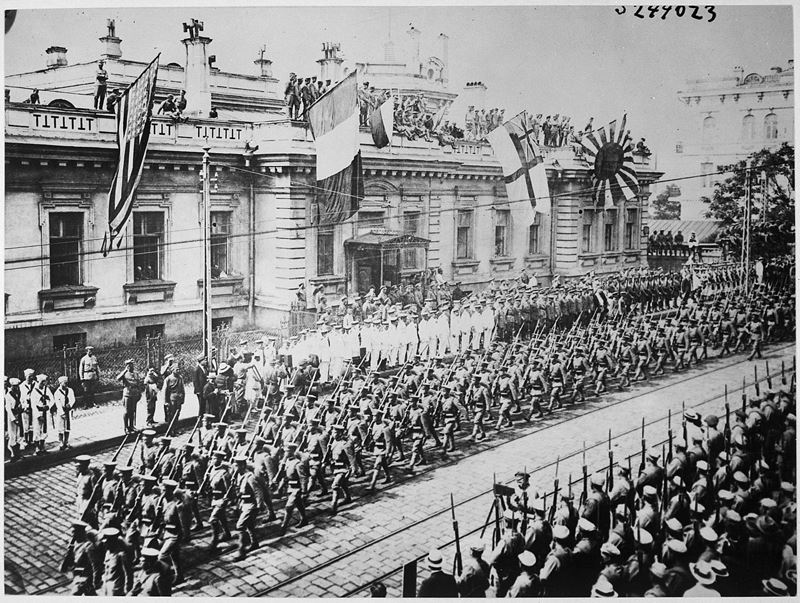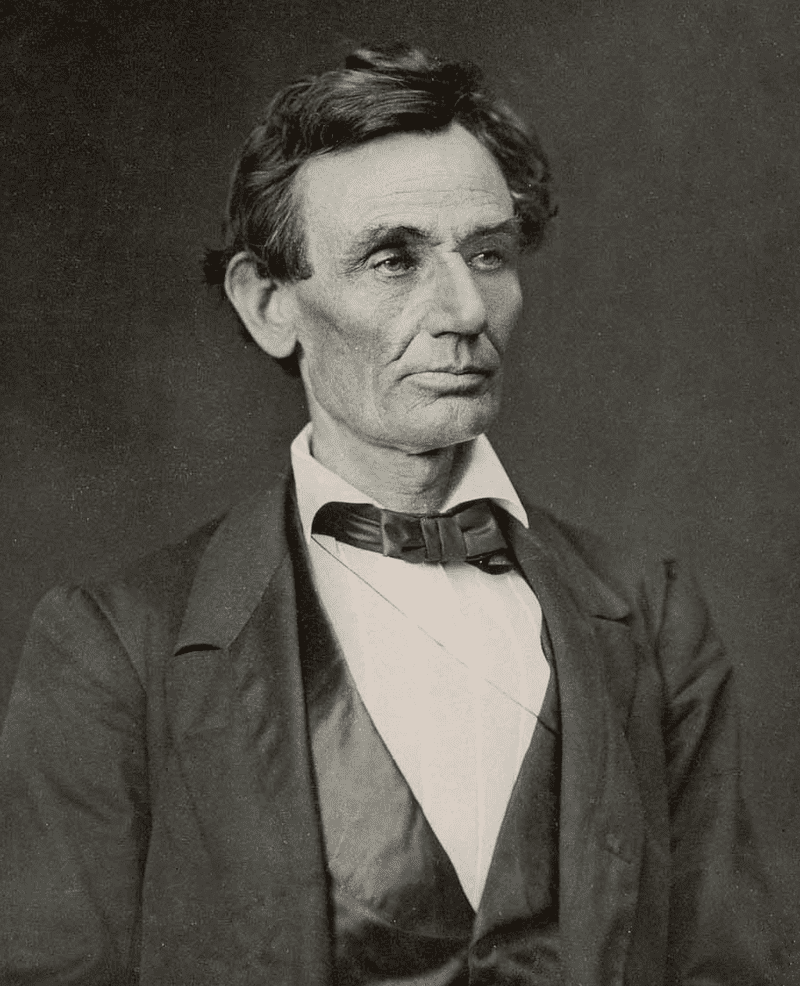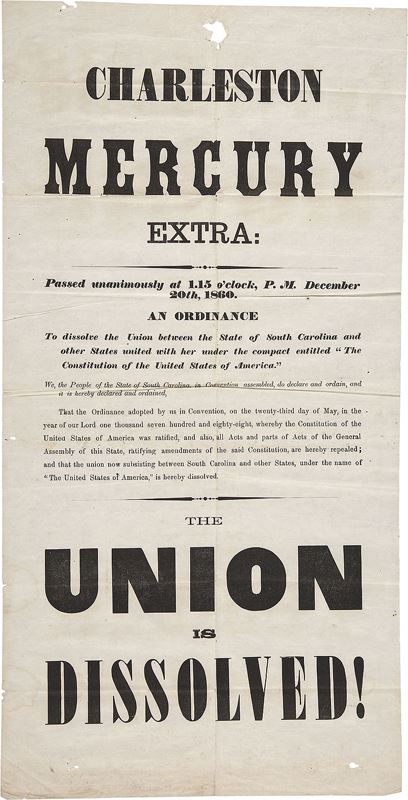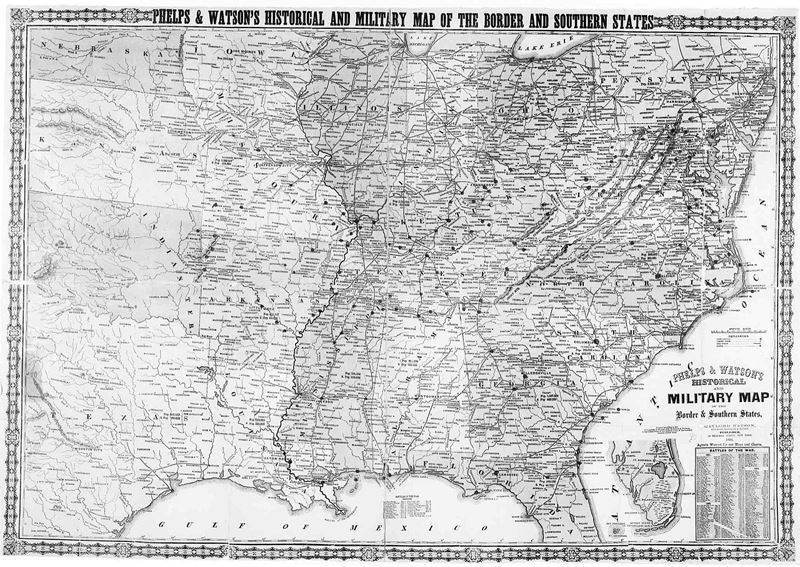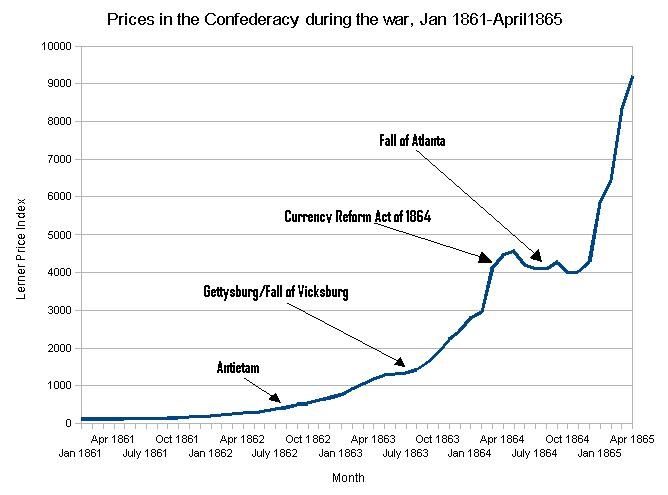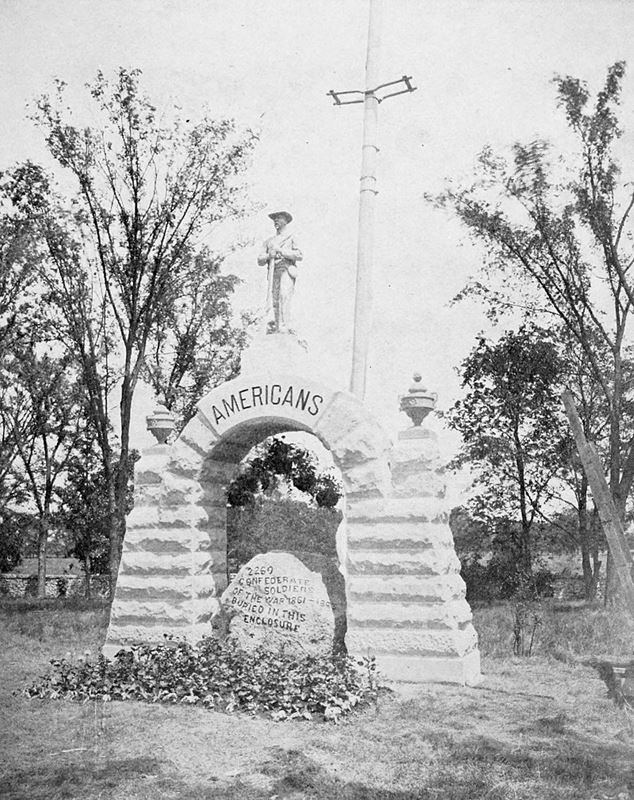Allied intervention in the Russian Civil War or Allied Powers intervention in the Russian Civil War consisted of a series of multi-national military expeditions which began in 1918. The Allies first had the goal of helping the Czechoslovak Legion in securing supplies of munitions and armaments in Russian ports; during which the Czechoslovak Legion controlled the entire Trans-Siberian Railway and several major cities in Siberia at times between 1918 and 1920. By 1919 the Allied goal became to help the White forces in the Russian Civil War. When the Whites collapsed the Allies withdrew their forces from Russia by 1920 and further withdrawing from Japan by 1922.[20]
The goals of these small-scale interventions were partly to stop Germany from exploiting Russian resources, to defeat the Central Powers (prior to the Armistice of November 1918), and to support some of the Allied forces that had become trapped within Russia after the 1917 Bolshevik revolution.[21] Allied troops landed in Arkhangelsk (the North Russia intervention of 1918–1919) and in Vladivostok (as part of the Siberian intervention of 1918–1922). The British intervened in the Baltic theatre (1918–1919) and in the Caucasus (1917–1919). French-led Allied forces participated in the Southern Russia intervention (1918–1919).
Allied efforts were hampered by divided objectives and war-weariness from the overall global conflict. These factors, together with the evacuation of the Czechoslovak Legion in September 1920, compelled the western Allied powers to end the North Russia and Siberian interventions in 1920, though the Japanese intervention in Siberia continued until 1922 and the Empire of Japan continued to occupy the northern half of Sakhalin until 1925.[22]
Western historians tend to portray the Allied interventions as minor operations—sideshows subsequent to the First World War. Soviet and Russian interpretations can magnify the role of the Allies as attempts to suppress Bolshevik world revolution and to partition and cripple Russia as a world power.

